May 29, 2025 | 23:56 GMT +7
May 29, 2025 | 23:56 GMT +7
Hotline: 0913.378.918
May 29, 2025 | 23:56 GMT +7
Hotline: 0913.378.918

The conference "Real situation and development orientation of cassava in Vietnam" takes place in Gia Lai. Photo: Tuan Anh.
The Ministry of Agriculture and Rural Development (MARD) in collaboration with the Gia Lai Province People's Committee on April 8 held the conference "Real situation and development orientation of cassava in Vietnam" in Pleiku city, Gia Lai province. MARD Deputy Minister Le Quoc Doanh chaired the conference.
According to the Department of Crop Production (DCP), in 2021, the country's cassava growing area reached 528,000ha, mainly in 5 regions of the northern mountain midlands, the North Central, the coastal South Central, the Central Highlands, and the Eastern South. The Central Highlands has the largest cassava area with 172,500ha, accounting for 32.7% of the country's total cassava land.
In 2021, the country's average cassava yield stood at 20.3 tons/ha, with an output of nearly 10.7 million tons. Cassava exports reached nearly 2.9 million tons, worth nearly $1.2 billion, up 2.4% in volume and 16.5% in value compared to 2020.
China is the main market for Vietnamese casava. In the first 2 months of 2022, Vietnam exported 494,380 tons of cassava and cassava products to China, worth $205.77 million, down 24% in volume and 13.8% in value compared with the same period in 2021.
Vietnam is the third-largest producer of cassava and cassava products in the world and ranks second in export turnover. The country currently has 120 cassava starch processing factories located in 27 provinces with a total processing capacity of over 8.6 million tons of fresh tubers/year.
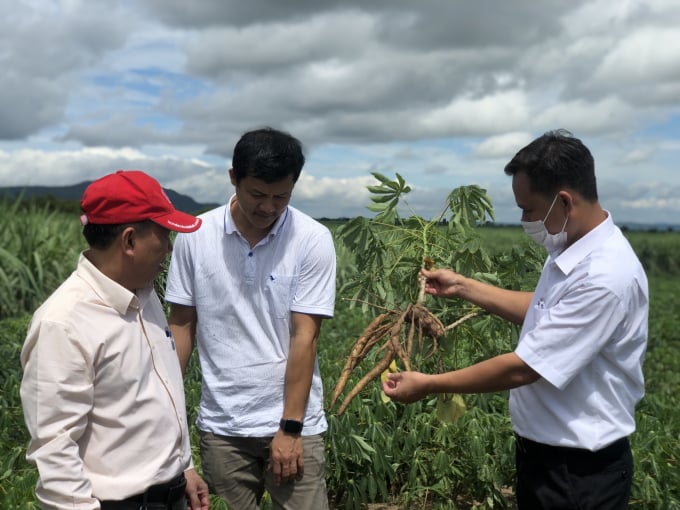
The cassava export value in 2021 reached nearly VND1.2 billion. Photo: Tuan Anh.
However, the country's standard of cassava starch processing is currently still limited, mainly using technology imported from China and Thailand.
Mr. Nguyen Nhu Cuong, DCP Director said cassava is no longer a plant that can only help "eliminate hunger" but has transformed itself into a high economic value plant.
However, cassava development in Vietnam still faces many potential risks and is unsustainable. Specifically, in many localities, it is not an advantage as it has a poor yield and low quality. Along with that, the construction of processing plants is not attached to raw material areas leading to an imbalance between production and consumption.
Moreover, the linkage between production and processing enterprises is still weak and the development of cassava cooperatives is limited. Many factories, especially small ones, are using backward technology and not focussing on environmental treatment. In particular, there are not many cassava varieties with high yield, good quality, high starch content, and resistance to leaf mosaic disease.
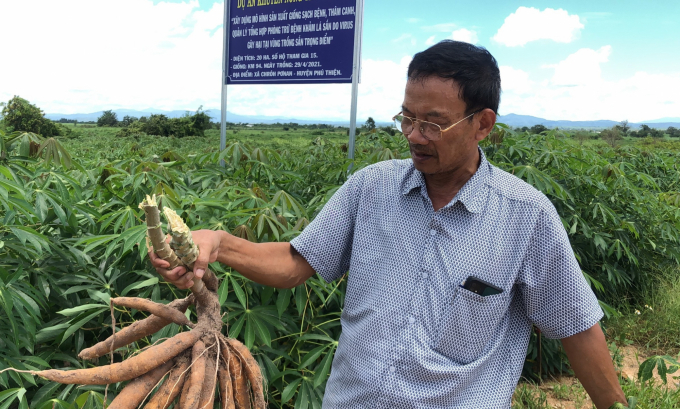
Cassava is no longer only a "poverty alleviation" plant. Photo: Minh Quy.
From another perspective, Mr. Nghiem Minh Tien, Standing Vice Chairman of the Vietnam Cassava Association, said that despite cassava being one of 13 key crops, many localities have not yet highly appreciated its position in economic development.
With the goal to reach USD1.5-2 billion in export turnover by 2030, Tien said the cassava industry is making efforts along with agencies under the MARD to develop a Cassava Restructuring Project in the period of 2025 - 2030 and with a vision to 2050 to submit to the Government for approval.
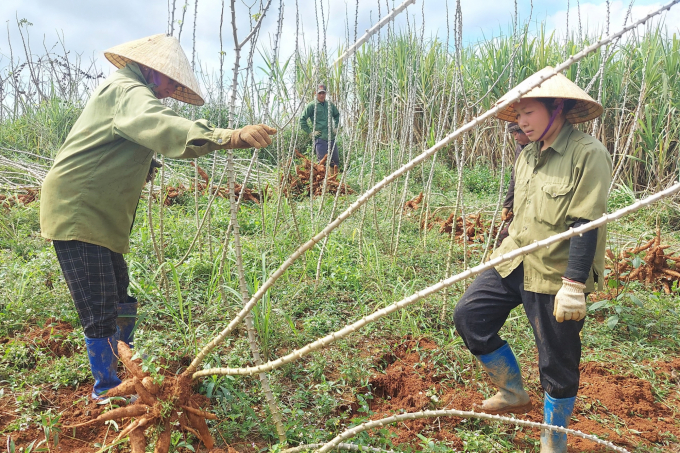
Despite being a "billion-dollar" crop, many localities still "abandon" cassava. Photo: Tuan Anh.
Tien said that the immediate solution is to transfer disease-free varieties to people. In the long term, it is necessary to replace old varieties with new ones with high yield, quality, and disease resistance. At the same time, the Association will coordinate with local authorities in forcing factories to commit to investing in raw material areas of 500 - 1,000 ha/year, meeting 30-40% of local production demands.
According to Tien, at present, cassava exports still heavily depend on the Chinese market with many risks. To cope with that, the Association has set up market orientations to expand trade promotion to the EU and other countries.
On the local side, Mr. Kpă Thuyen, Vice Chairman of the Gia Lai Province's People's Committee, said that, with the orientation of agricultural restructuring in the period 2021 - 2025, the province will not expand the cassava area but focus on guiding and supporting farmers to apply high-tech intensive farming methods, select cassava varieties with good disease resistance for production and improve productivity.
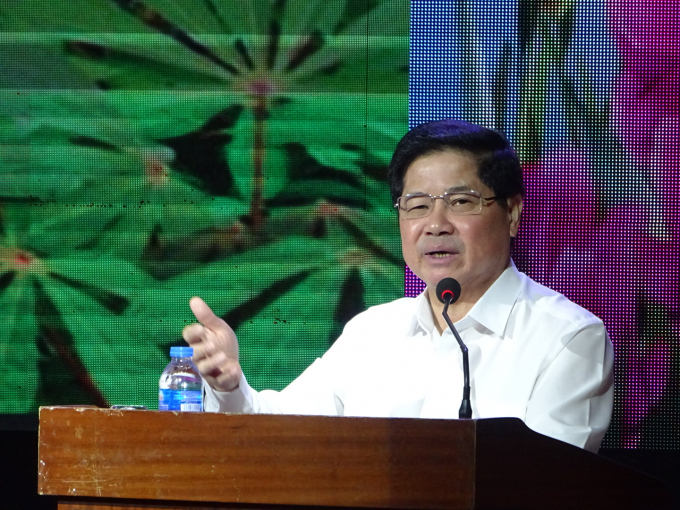
MARD Deputy Minister Le Quoc Doanh speaks at the conference. Photo: Minh Quy.
According to the Plant Protection Department, the virus which causes mosaic disease on cassava first appeared and has damaged areas in Tay Ninh province since 2017. The disease has so far spread to 27 provinces and cities nationwide and affected many cassava regions in the country. The infected area has reached more than 65,450 ha.
At the conference, MARD Deputy Minister Le Quoc Doanh said that there are still many problems in cassava production that need to be solved such as those related to low and inconsistent productivity. In some places, the cultivation area is not sustainable because of soil erosion. In addition, diseases still appear a lot, not only such a mosaic disease but also many others.
From these limitations, the Deputy Minister requested that in the coming time, related sectors and localities need to promote the application of science and technology to reduce production costs, increase economic efficiency and strengthen linkages between factories and farmers.
“The view of the MARD is not to attach great importance to increasing the area but keeping stable about 500,000ha of cassava, at the same time focusing on intensive farming, increasing productivity, and reducing production costs. We need to set a goal by 2025 to increase the average yield to 25 tons/ha and 30 tons/ha by 2030," the Deputy Minister directed.
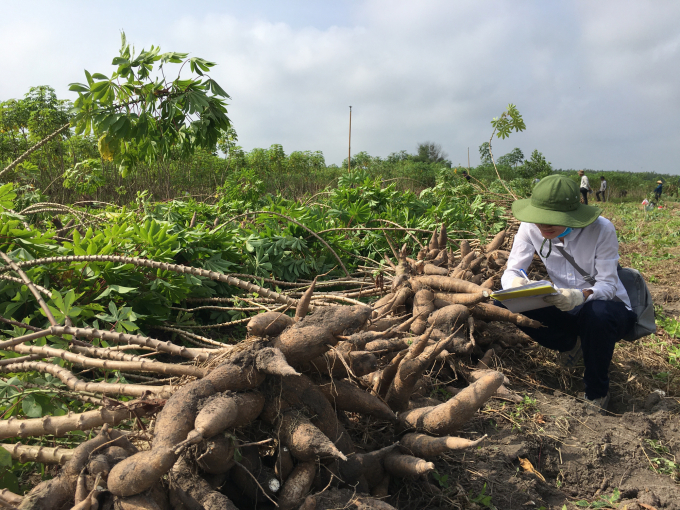
MARD is directing accelerating research and propagation for disease-resistant and disease-free cassava varieties to meet production demands. Photo: Tuan Anh.
Currently, 6 new cassava varieties have been recognized and it is important to propagate them. The Plant Protection Department should propose an effective propagation process to supply to the market.
Regarding processing, the Deputy Minister suggested continuing to review and build factories associated with raw material areas, ensuring a balance between supply and demand, and innovating technology to diversify for deeply processing of cassava products. The Deputy Minister directed that in the coming time, the DCP should coordinate with functional units to immediately implement the project of cassava sustainable development in the period 2025 - 2030.
"Another very important issue is communication. We have more than half a million ha of cassava cultivation, but the communication work still could not raise the level of cassava. In the coming time, the National Agricultural Extension Center should coordinate with the Vietnam Agriculture Newspaper to promote communication to increase people's awareness of the importance of cassava in economic development."
(MARD Deputy Minister Le Quoc Doanh).
Translated by Trang Nguyen
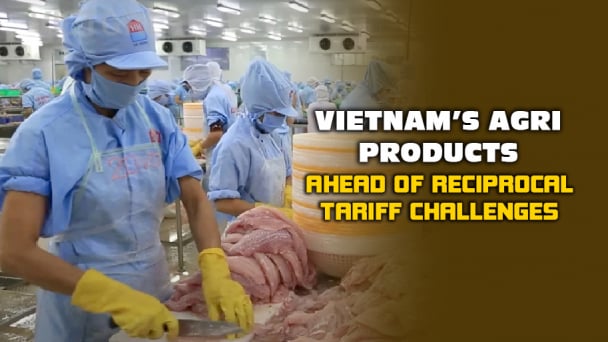
(VAN) Reciprocal tariffs are exerting pressure on U.S. exports, prompting Vietnamese firms to shift their focus to Muslim markets, Thailand, and Brazil.
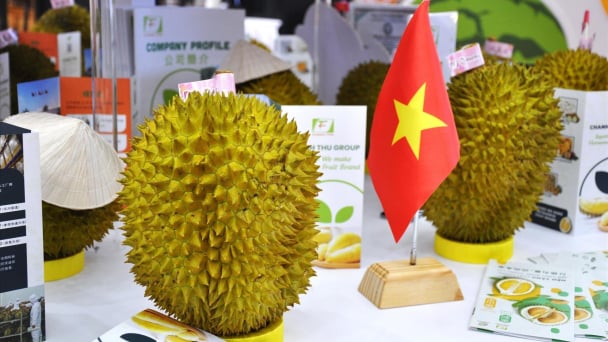
(VAN) A free booth for two years at Xinfadi, Beijing's largest wholesale market, will be allocated to Vietnam's agricultural products.
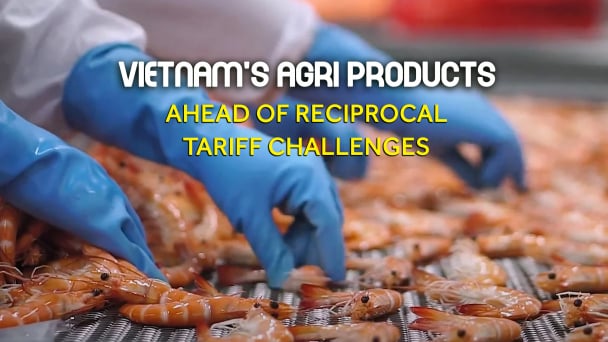
(VAN) Vietnamese shrimp exporters are actively looking for alternative markets and accelerating shipments to the United States in response to the pressure of impending reciprocal tariffs. This is occurring during a temporary tariff suspension.
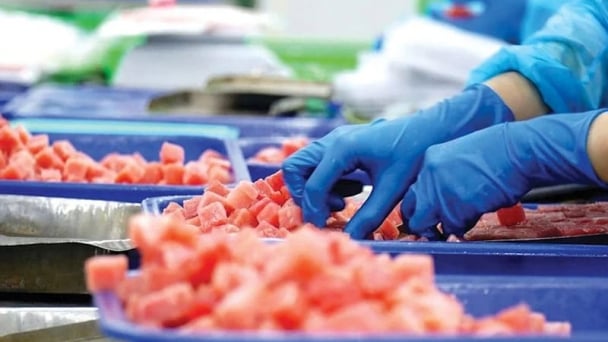
(VAN) The import-export turnover between Vietnam and Singapore rose amid a trade rebound, with machinery, electrical equipment, and fuels making up the majority of the transaction value.

(VAN) Director General of the General Administration of Customs of China, Ms. Sun Mai Jun, has pledged to implement measures that will ease the import process for Vietnamese agricultural products.
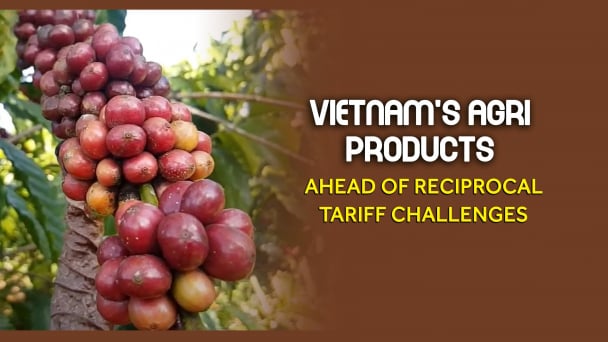
(VAN) Although Vietnam is still increasing its coffee exports, the industry is currently in the process of determining market strategies in response to the U.S. imposition of reciprocal tariffs.

(VAN) With rising demand in Muslim-majority countries, Halal certification is becoming a critical passport for Vietnamese agricultural products seeking sustainable market access and consumer trust in the Middle East and Africa.